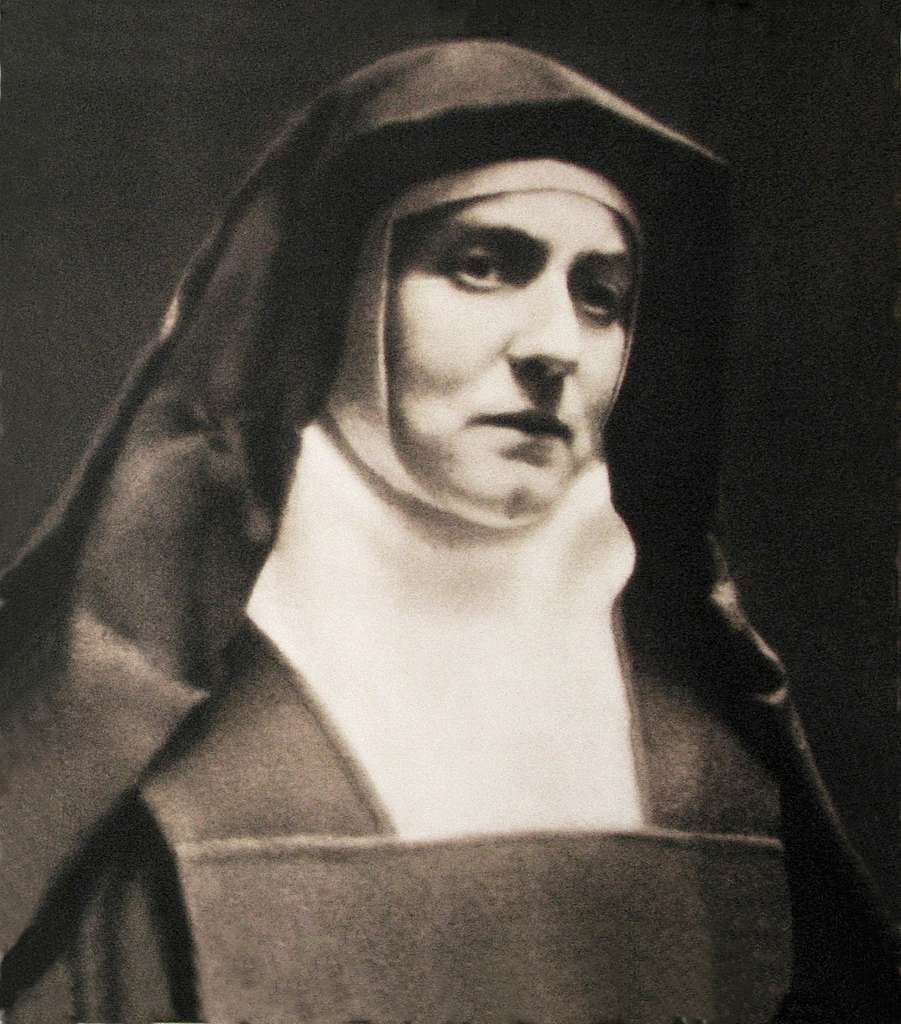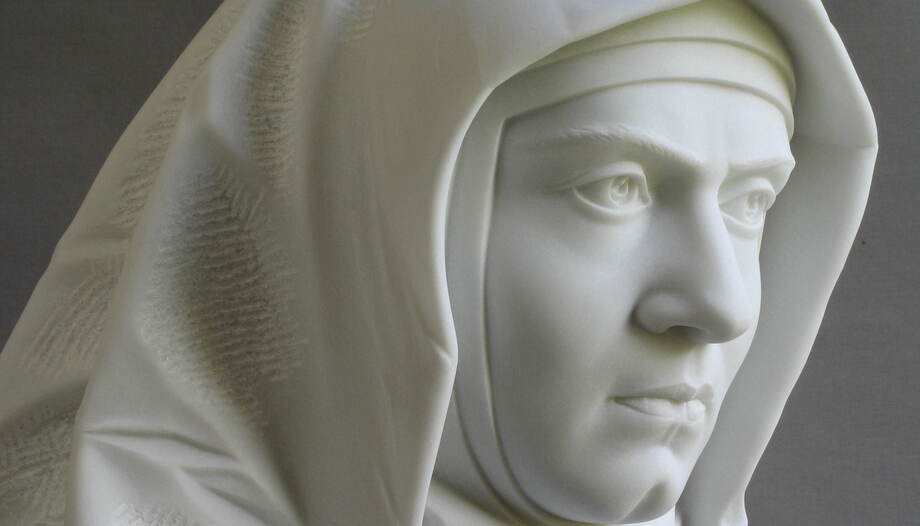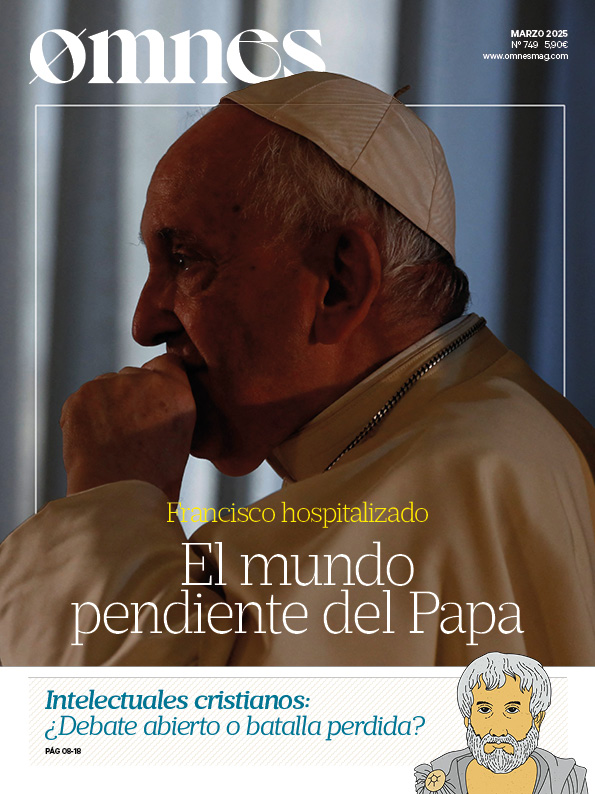When a delegation of the Discalced Carmelite Order visited the Pope on April 18, the Superior General took advantage of the occasion to present the Pontiff with a special request: the appointment of St. Edith Stein as a Doctor of the Church.

As reported by the media outlet "Catholic News Agency"The Carmelites want the Church to recognize the contributions made by the martyred nun. Under the title of "doctor veritatis", doctor of truth, Edith Stein could become the fifth woman Doctor of the Church in recognition of her contributions in the field of theology.
The fact that the Superior General formulates this request to the Holy Father is important, because it is a requirement for the Dicastery for the Causes of Saints to begin the process of granting the title to Edith Stein. Another indispensable step, canonization, was already facilitated by John Paul II at the end of the 20th century.
Edith Stein and her intellectual career
This saint, also known as Teresa Benedicta of the Cross, was born on October 12, 1891 into a Jewish family. Despite her education and growing up in a practicing environment, she declared herself an atheist for several years. At the same time, she pursued a brilliant academic career that led her to collaborate with the German philosopher Edmund Husserl.
A supporter of women having the right to vote and more weight in public life, she led by example, being the first woman with a doctorate in philosophy in Germany. At the same time, she began a period of great literary production, with research and reflections such as "On the Problem of Empathy", which was her thesis; "Introduction to Philosophy"; and "An Inquiry into the State".
In 1921, after reading the biography of saint Teresa of AvilaShe converted to Catholicism and came to the conclusion that she wanted to become a Carmelite nun. It took her a long time to achieve her goal, but she was advised to continue teaching and working in schools and universities. Edith Stein then took the opportunity to translate and study in depth the works of Catholic intellectuals such as St. Thomas Aquinas and St. John Henry Newman.
Entrance to Carmel
Finally, on October 15, 1933, feast of St. Teresa of Avila, Edith Stein entered the Carmelite Order. Within the Carmelite Order, the philosopher received the support of her superiors to continue her intellectual work.
However, Edith Stein's life suffered an abrupt change when in 1942 the Gestapo arrested her for being Jewish. She then went through two concentration camps before arriving at the place where she would die: Auschwitz.
Edith Stein, saint and co-patroness of Europe
Edith Stein died in the gas chamber on August 9, 1942. Burned by Nazi soldiers, there is no particular grave for her. On October 11, 1998 Pope St. John Paul II canonized her in Rome, and the following year named her co-patroness of Europe.
Among the many contributions that St. Edith Stein made to theology are her analysis of the figure and condition of women, and her spirituality centered on the Cross of Christ.








